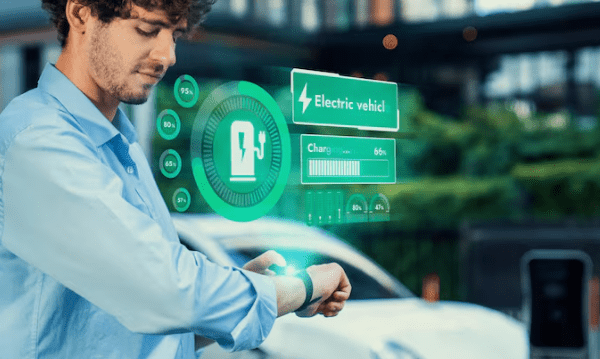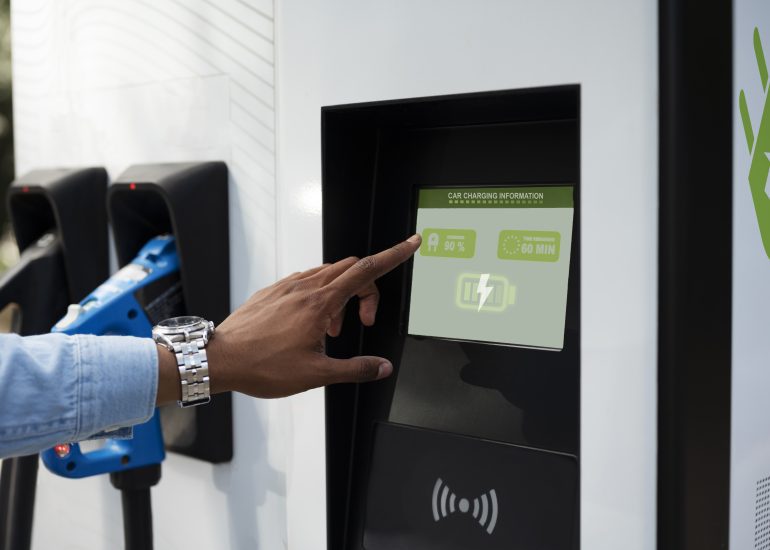As electric mobility becomes mainstream, the infrastructure that supports it must also become intelligent, efficient, and scalable. One of the central components in this ecosystem is the backend software that powers, organizes, and optimizes charging infrastructure. Among the providers leading this charge is ElectreeFi, whose platform is reshaping how we monitor, control, and expand EV charging networks.
Why a Strong Management System Isn’t Optional
Charging stations and hardware are only part of the puzzle. Without a robust system to manage operations, user experience, and data, many benefits of EV adoption are lost. Crucial areas that need attention include:
- Reliability & Uptime: Stations must operate consistently. A small network outage or downtime at a key charging point can undermine trust and slow adoption.
- User Experience: Users expect to find available chargers, make payments easily, see live charger status, get invoices, and have transparency.
- Energy & Load Management: Unplanned loads can stress the grid. Without scheduling, prioritization, or balancing, the costs both monetary and environmental rise.
- Scalability: As numbers of chargers and users grow, the system must grow with them handling many OEMs, multiple locations, roaming, payments, and more.
These are not luxury features; they are essentials for putting public charging networks, fleet charging depots, shared residential or commercial charging facilities on a stable footing.
What ElectreeFi Brings to the Table
ElectreeFi’s platform offers comprehensive features that address these vital needs. Some of the standout components of their offering include:
- A cloud-hosted backend system that supports wide integrations: ElectreeFi works with over 48 different charger OEMs, supports roaming across networks, and enabling Device-OEM independence. This allows charging infrastructure providers to avoid lock-in and supports smoother expansions or upgrades.
- Secure, reliable operations: The platform is designed with security in mind, with certifications (e.g. VAPT), AWS-based hosting, stable uptime, and robust transactional systems.
- Smart load and grid management: ElectreeFi helps operators schedule charging when grid loads are lower, implement dynamic tariffing, balance loads across stations, and avoid peaks, thereby reducing costs and reducing grid stress.
- Rich monitoring and reporting: Real-time insights on charger status, user sessions, invoices, corporate accounts, usage history all accessible via dashboard. OEM interoperability via OCPP protocols ensures that data from multiple hardware types can be normalized and managed centrally.
Key Modules that Power Effective Charging Operations
To be effective, an EV Charging Management System needs to provide more than just basic tracking. ElectreeFi’s modules (as examples) include:
- Station & Charger Management: Maintaining status (online/offline), health metrics, usage, error alerts, and remote diagnostics.
- Payments & Billing: Integrated wallets or payment gateways, invoicing, subscriptions, corporate billing all managed in one system.
- User & Role Management: Different user types (public users, fleet managers, property owners), permissions, authentication, session history.
- Load & Energy Optimization: Grid load monitoring, dynamic rate policies, scheduling, prioritizing usage when energy or grid constraints exist.
- Roaming & Interoperability: Allowing users to use different networks under one account, making charging seamless across locations or charging point operators.
These features contribute to better operations, lower cost of ownership, improved ROI for charging infrastructure providers, and a smoother experience for EV owners.
Real-World Impact & Scale
ElectreeFi’s platform already shows scale and results. Some numbers and achievements include:
- Hosting thousands of active chargers across India, involving millions of transactions.
- Partnerships with major Charge-Point Operators (CPOs) such as IOCL, CESL, BESCOM, Hero MotorCorp, etc., indicating both trust and the ability to deliver at scale.
- Implementing features for smart charging with load management, which helps reduce costs during peak periods for both operators and grid providers.
The Benefits to Different Stakeholders
Different players in the EV ecosystem benefit in distinct ways:
- Charging Infrastructure Providers (CPOs): Better utilization, less downtime, efficient maintenance, and clearer revenue tracking.
- Fleet Operators & Commercial Property Owners: Ability to manage own chargers, avoid reliance on public chargers, lower operating costs, align charging schedules with operations.
- EV Owners / Public Users: More predictable charging experience, ability to locate working chargers, easy payments, transparent billing.
- The Grid & Utilities: Load smoothing during demand peaks, reduced stress on infrastructure, better planning when data is available.
Challenges & How Effective Systems Overcome Them
It isn’t all simple. There are challenges in deploying and operating large charging networks. ElectreeFi’s model addresses many of them:
- Hardware diversity & compatibility: Different chargers from various OEMs use different communication protocols. ElectreeFi uses OCPP as a standard and ensures compatibility across many types.
- Payment friction or user experience gaps: Through mobile apps, multiple payment gateways, invoices, reservation options, and user feedback, friction is minimized.
- Grid constraints & peak demand: Smart scheduling, dynamic tariffing, load balancing help avoid overloading grid infrastructure. This also helps with regulatory compliance and cost savings.
- Security, data privacy & reliability: Certification, secure cloud hosting, real-time monitoring, alert systems help maintain trust and consistent performance.
Looking Ahead: How This System Drives Future Growth
In the coming years, we can expect several trends where management systems like those from ElectreeFi will be central:
- Integration with renewable energy sources (solar, wind) for charger power, enabling sustainable charging.
- Vehicle-to-grid (V2G) or bidirectional charging scenarios will need sophisticated energy management software.
- More collaboration and roaming across charging networks: interoperability, standardized protocols.
- Enhanced analytics: predicting demand, locating optimal locations for new chargers, understanding user behavior.
- Policies and regulation adoption, as governments roll out incentives (like FAME) or mandate certain uptime, safety, and performance standards.
Conclusion
A well-designed EV Charging Management System is not just ancillary it’s foundational to building a reliable, scalable, and user-friendly electric mobility network. ElectreeFi’s platform exemplifies how integrating management, monitoring, security, billing, and load optimization under one roof can drive measurable improvements in cost, performance, and user trust.
For city planners, fleet operators, property owners, and individual EV owners alike, such systems transform EV charging from a convenience into a dependable part of daily life. The future belongs to those who not only manufacture the hardware but who develop the intelligent software ecosystems that tie everything together. ElectreeFi is doing precisely that steering the EV revolution toward a cleaner, smarter, more connected tomorrow.
FAQs
What is an EV Charging Management System?
An EV Charging Management System is a digital platform that helps monitor, control, and optimize electric vehicle charging stations, ensuring seamless operations for operators and users.
Why is an EV Charging Management System important for public networks?
It ensures high uptime, smooth payment processes, efficient load management, and better user experience, making charging networks reliable and scalable.
How does ElectreeFi’s platform support EV charging operations?
ElectreeFi offers real-time monitoring, payment integration, smart load balancing, geo-fencing, and multi-OEM compatibility to simplify EV charging management.
Can this system help reduce operating costs?
Yes. By scheduling charging during off-peak hours, monitoring energy use, and automating billing, operators can significantly lower costs.
Is the platform scalable for growing EV fleets and charging networks?
Absolutely. ElectreeFi’s solution is designed to scale from a few chargers to thousands, supporting both small fleets and nationwide charging infrastructure.





